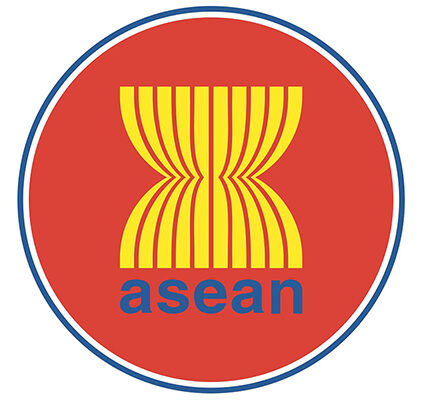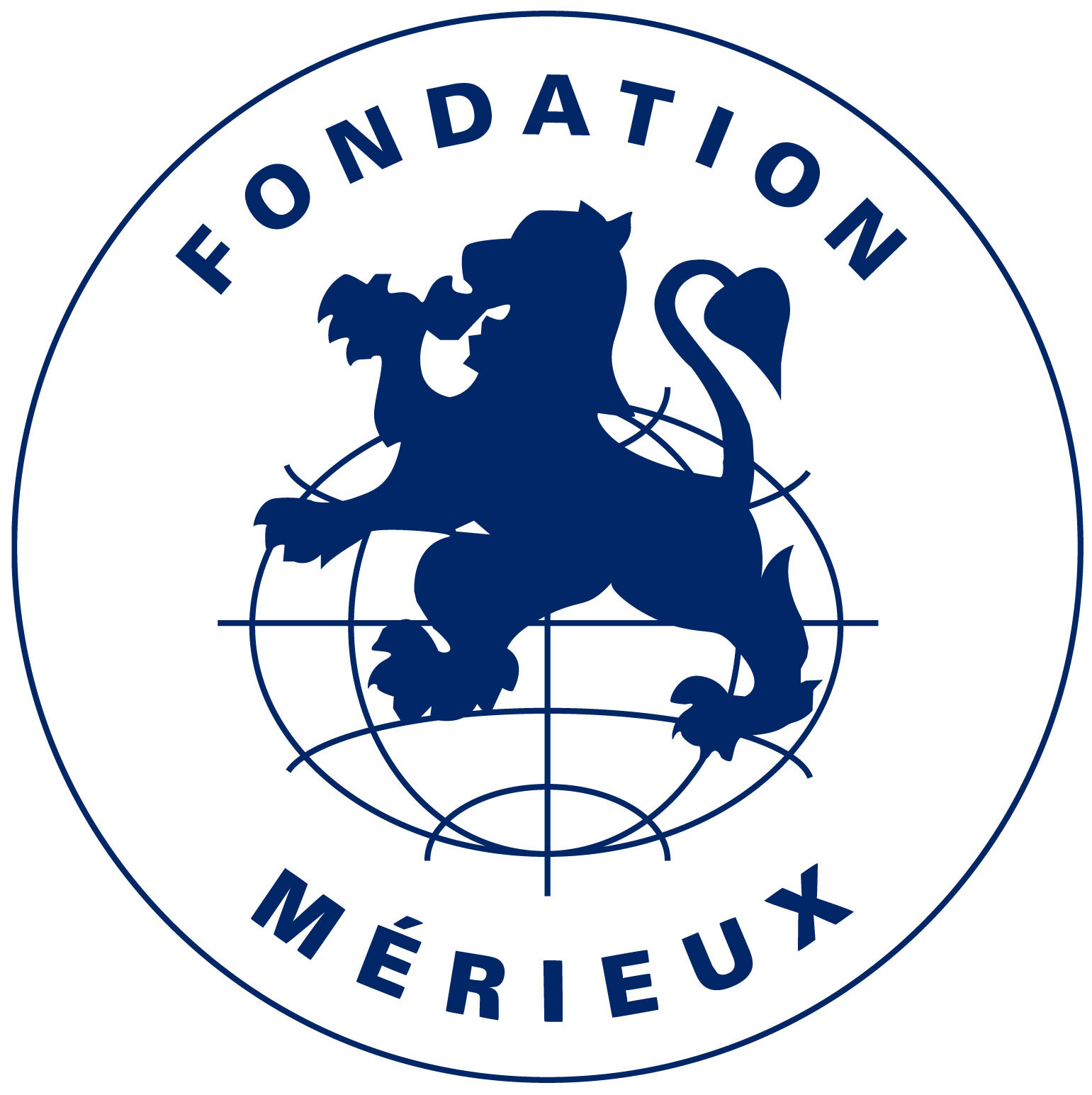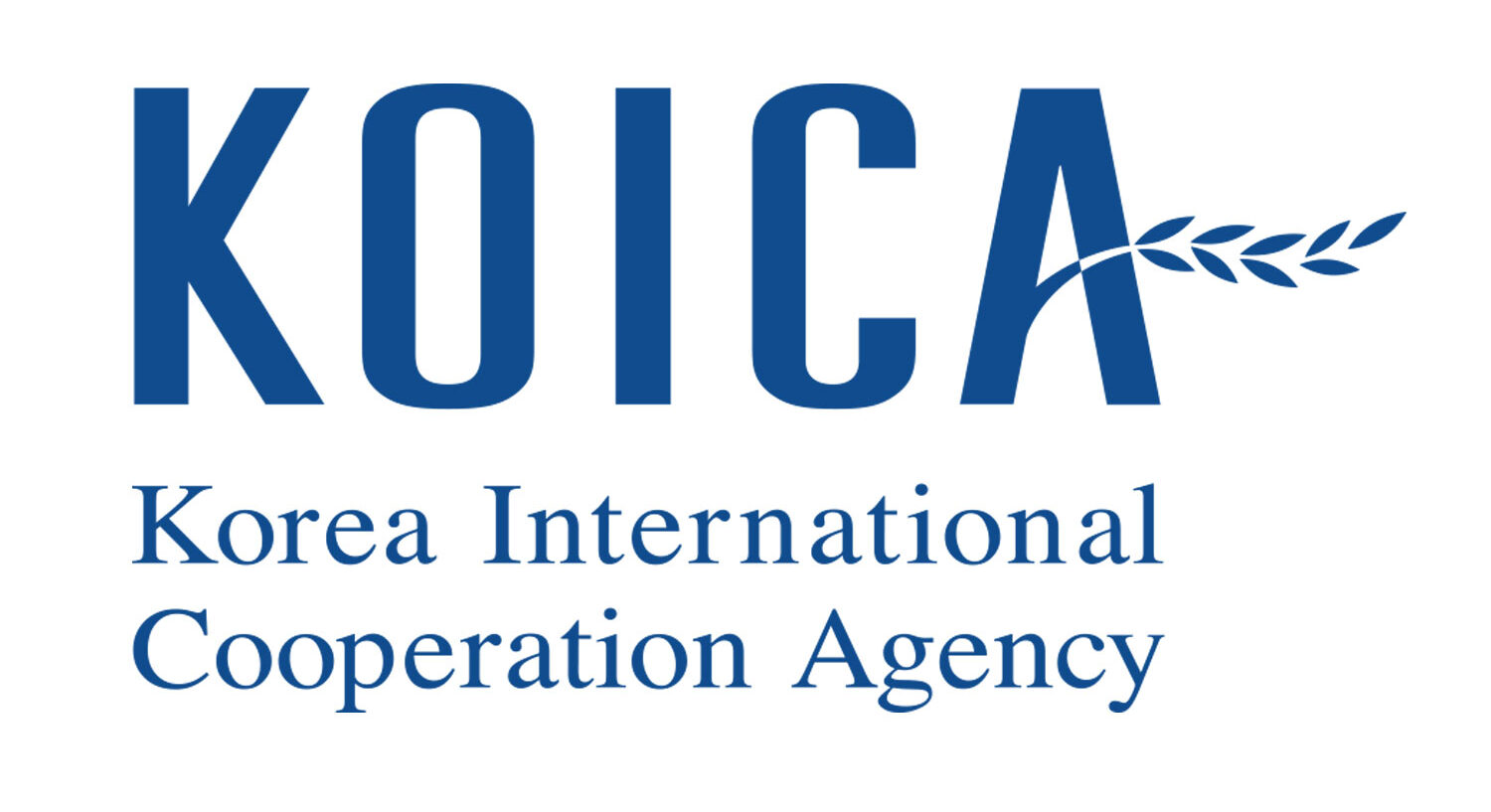
Abstract
Background Information on influenza virology and epidemiology from Lao PDR is limited and the seasonal patterns of influenza have not been previously described.Objectives to describe epidemiological and virologic characteristics of influenza in Lao PDR to recommend public health interventions, including improvements in surveillance and response.
Patients/Methods We performed a descriptive analysis of samples taken from patients with influenza-like-illness (ILI) (fever >38°C with cough and/or sore throat) presenting at seven sentinel hospitals in three regions of Lao PDR, January 2008–December 2010. A nasopharyngeal (NP) swab or combined nasal with oropharyngeal swab was collected from patients with ILI. Samples were tested for influenza by either Luminex RVP, conventional reverse transcriptase PCR (RT-PCR) (January 2008–2009), or by real-time PCR (rRT-PCR) using US CDC reagents (February 2009 onward).
Results Of 2346 samples tested from patients with ILI, 523 (22%) were positive for influenza. The median age of those positive was 12 years (range, <1–60 year). The percentage of samples that were influenza positive was similar over the 3 years (20–23%). Each year 3–4 types/subtypes cocirculated with differing predominant type/subtype. Influenza was detected year-round with the highest proportion of positive specimens in the 3rd and 4th quarter.
Conclusions Similar to other countries in the region, we found that influenza is present year-round and has a peak activity from July to December. Dominant types or subtypes vary by year. A large proportion of patients with ILI are not influenza positive. ILI surveillance is critical for weighing disease burden, both morbidity and mortality, against the costs of advancing influenza vaccine delivery strategy














